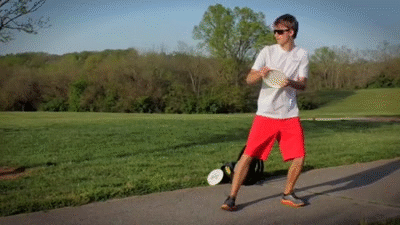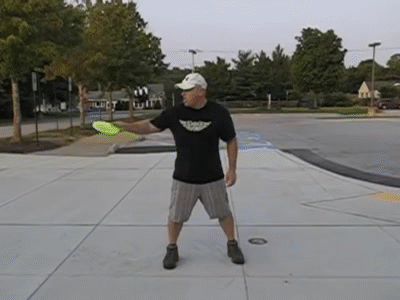timothy42b
Eagle Member
I've been watching that standstill throw of Will Schusterich that everybody has. I've saved the link on all my computers now. I only throw standstill (with front foot step).
I'm trying to understand timing the turn back, reach back, and step forward.
Based on advice here a couple days ago, I've been trying to turn back simultaneously as I step forward with the front foot. I don't really reach back separately from the turn, the body turn is the reach back.
But now that I look more closely at Will, he starts his motion with a lean back, no turn no reach. At the end of his lean, he steps forward and turns back together. His back foot is driving his step forward, I think.
Am I seeing this right?
I'm trying to understand timing the turn back, reach back, and step forward.
Based on advice here a couple days ago, I've been trying to turn back simultaneously as I step forward with the front foot. I don't really reach back separately from the turn, the body turn is the reach back.
But now that I look more closely at Will, he starts his motion with a lean back, no turn no reach. At the end of his lean, he steps forward and turns back together. His back foot is driving his step forward, I think.
Am I seeing this right?

